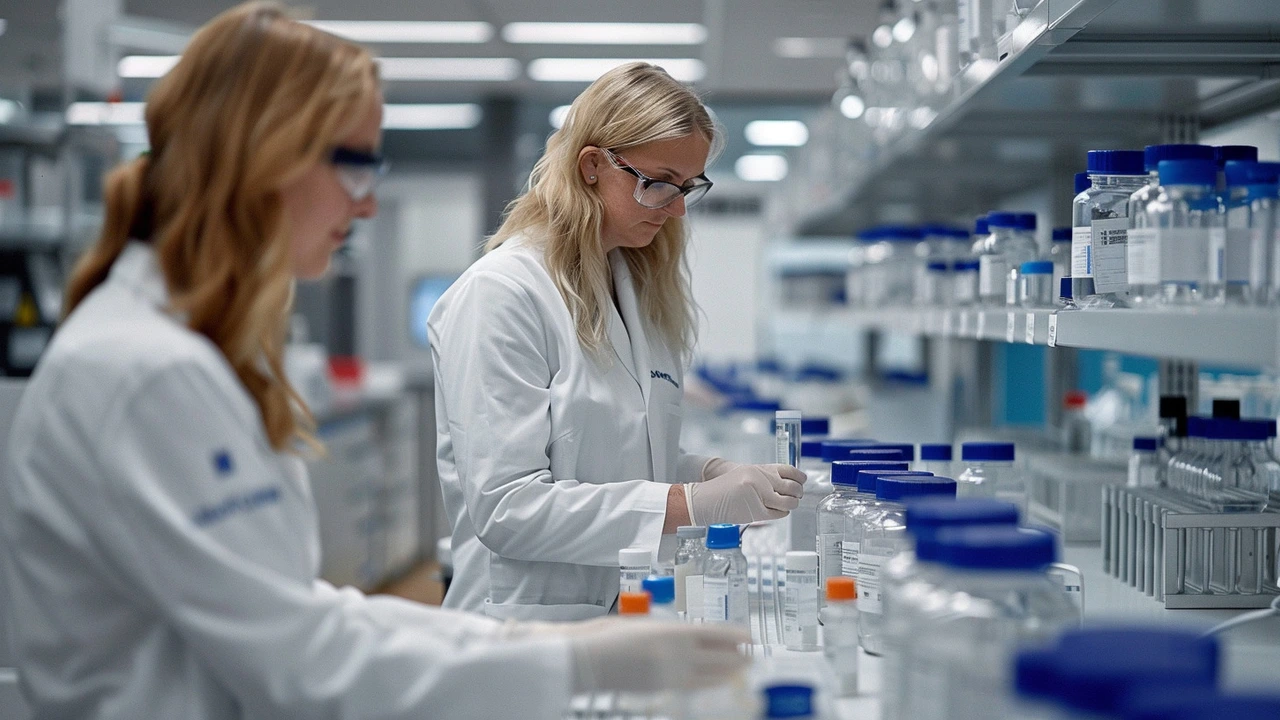Antibiotic Resistance: How It Starts and What You Can Do
Antibiotic resistance is already changing how doctors treat infections. Bacteria that survive a drug once can pass those defenses on, and simple infections become harder and more expensive to treat. You don’t need special training to slow this down—small daily choices matter.
Everyday steps to prevent resistance
Only take antibiotics when a healthcare pro prescribes them. Many coughs, colds, and most sore throats are viral and won’t improve with antibiotics. If your doctor prescribes antibiotics, ask why, how long to take them, and whether you need follow-up tests.
Finish the full course exactly as prescribed unless your clinician tells you otherwise. Stopping early can leave behind the toughest bacteria. Don’t keep leftovers for later or share them with friends or family—different infections need different drugs and doses.
Use the right drug at the right time. When possible, doctors use narrow‑spectrum antibiotics aimed at the likely bacteria. If a culture or rapid test is available, it can guide a smarter choice. If tests aren’t offered, ask whether one is appropriate.
Practice good hygiene to avoid infections in the first place. Wash hands, handle food safely, keep wounds clean, and stay up to date with vaccines. Fewer infections mean fewer antibiotic prescriptions and less chance for resistance.
Smart buying and safe use
Buying meds online is tempting, but safety matters. Use licensed pharmacies and require a valid prescription. Read reviews carefully and look for clear contact info and accreditation. Our site covers safe online pharmacy tips and reviews—check articles like the Levaquin guide if you’re prescribed a fluoroquinolone, or the piece on Vibramycin alternatives if doxycycline is on your list.
Avoid unreliable sources that sell antibiotics without a prescription or have unclear product origins. Counterfeit or low‑quality drugs can deliver sub‑therapeutic doses, which fuels resistance. If a price or delivery promise sounds too good to be true, it probably is.
If you get side effects or your symptoms don’t improve within the expected timeframe, contact your provider. Don’t double up doses or switch drugs on your own. Your clinician may adjust treatment or run tests to find a more effective option.
Finally, ask questions. Ask why an antibiotic is needed, what side effects to watch for, and whether non‑antibiotic treatments are possible. Being informed helps you avoid unnecessary use and protects everyone by slowing resistance.
Want practical reads? Start with our Levaquin and Vibramycin alternatives posts for real-world drug info, and check the online pharmacy safety guides before ordering meds. Small choices add up—use antibiotics well, and they’ll keep working when we need them most.

Clavulanic Acid: Combating Antibiotic Resistance Effectively
May 13 2024 / Health and MedicineThis article explores the role of clavulanic acid in addressing the growing challenge of antibiotic resistance. Discover how this compound works, its history, and practical uses. Learn about its significance in modern medicine and gain insights into future potential developments.
VIEW MORE